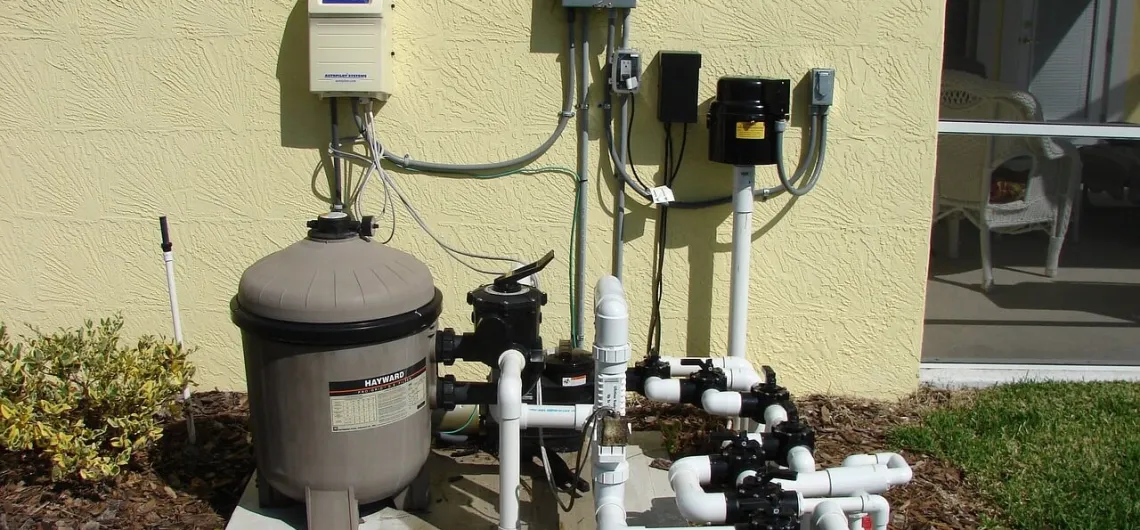Last updated on April 14th, 2025 at 11:39 am
Author Full Names: Ciofi, Lorenzo; Renai, Lapo; Rossini, Daniele; Ancillotti, Claudia; Falai, Alida; Fibbi, Donatella; Bruzzoniti, Maria Concetta; Juan Santana-Rodriguez, Jose; Orlandini, Serena; Del Bubba, Massimo
Source: TALANTA, 176 412-421; 10.1016/j.talanta.2017.08.052JAN 1 2018
Language: English
Abstract: The applicability of a direct injection UHPLC-MS/MS method for the analysis of several perfluoroalkyl acids (PFAAs) in a wide range of water matrices was investigated. The method is based on the direct injection of 100 mu L of centrifuged water sample, without any other sample treatment. Very good method detection limits (0.014-0.44 mu g L-1) and excellent intra and inter-day precision (RSD% values in the range 1.8-4.4% and 2.7-5.7%, respectively) were achieved, with a total analysis time of 20 min per sample. A high number of samples i.e. 8 drinking waters (DW), 12 ground waters (GW), 13 surface waters (SW), 8 influents and 11 effluents of wastewater treatment plants (WWTPIN and WWTPOUT) were processed and the extent of matrix effect (ME) was calculated, highlighting the strong prevalence of vertical bar ME vertical bar < 20%. The occurrence of vertical bar ME vertical bar > 50% was occasionally observed only for perfluorooctanesulphonic and perfluorodecanoic acids. Linear discriminant analysis highlighted the great contribution of the sample origin (i.e. DW, GW, SW, WWTPIN and WWTPOUT) to the ME. Partial least square regression (PLS) and leave-one-out cross-validation were performed in order to interpret and predict the signal suppression or enhancement phenomena as a function of physicochemical parameters of water samples (i.e. conductivity, hardness and chemical oxygen demand) and background chromatographic area. The PLS approach resulted only in an approximate screening, due to the low prediction power of the PLS models. However, for most analytes in most samples, the fitted and cross-validated values were such as to correctly distinguish between vertical bar ME vertical bar higher than 20% or below this limit. PFAAs in the aforementioned water samples were quantified by means of the standard addition method, highlighting their occurrence mainly in WWTP influents and effluents, at concentrations as high as one hundred of mu g L-1.
The post Applicability of the direct injection liquid chromatographic tandem mass spectrometric analytical approach to the sub-ng L-1 determination of perfluoro-alkyl acids in waste, surface, ground and drinking water samples appeared first on Facts About Water.
Source: Water Feed








